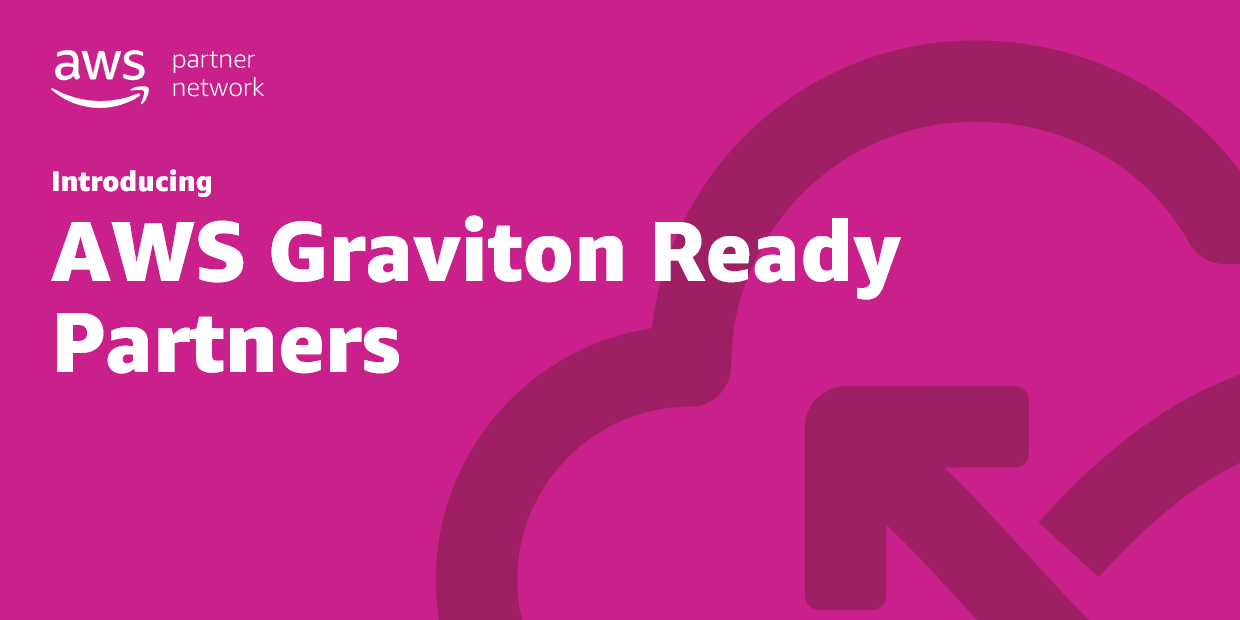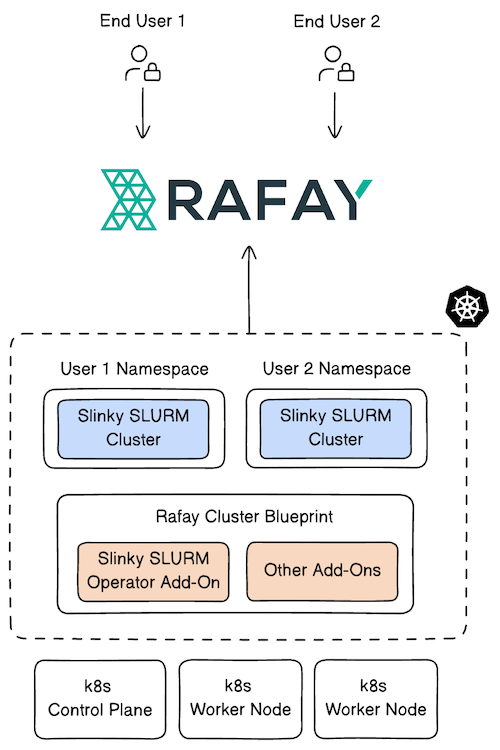Custom GPU Resource Classes in Kubernetes
In the modern era of containerized machine learning and AI infrastructure, GPUs are a critical and expensive asset. Kubernetes makes scheduling and isolation easier—but managing GPU utilization efficiently requires more than just assigning something like
nvidia.com/gpu: 1
In this blog post, we will explore what custom GPU resource classes are, why they matter, and when to use them for maximum impact. Custom GPU resource classes are a powerful technique for fine-grained GPU management in multi-tenant, cost-sensitive, and performance-critical environments.
Info
If you are new to GPU sharing approaches, we recommend reading the following introductory blogs: Demystifying Fractional GPUs in Kubernetes and Choosing the Right Fractional GPU Strategy.






